Warming Up on the Hunt: Preventing Hypothermia While Camping
Camping in cold weather can be exhilarating—but also dangerous if you're not prepared. For hunters and outdoor adventurers, the risk of hypothermia is real, especially when temperatures drop unexpectedly or conditions turn wet and windy.
In this article, we’ll cover the causes, risks, and consequences of hypothermia while hunting and camping, plus share practical tips to stay warm and safe in the backcountry. We’ll also show how the Birch Grolar electric hunting bike helps you stay mobile and better equipped during cold-weather excursions.
What Causes Hypothermia While Camping?
Hypothermia occurs when your body loses heat faster than it can produce it, leading to a drop in core temperature. This can happen even in temperatures above freezing—especially when you're wet, exhausted, or underdressed.
Common causes of hypothermia on hunting trips include:
-
Sweating during physical exertion: Overheating during a hike or while hauling gear, followed by a sudden rest, can leave you chilled.
-
Inadequate or wet clothing: Cotton and poorly insulated garments lose heat quickly when damp.
-
Sudden weather changes: Rain, snow, or high winds can accelerate heat loss and saturate your gear.
-
Extended immobility: Sitting in a deer blind or ground tent for hours without movement allows body heat to escape.
- Lack of calories or hydration: When your body’s energy is depleted, it struggles to maintain heat.
Why Hypothermia Is Dangerous for Hunters
Hypothermia doesn’t just threaten your comfort—it can compromise your entire hunt. As your body temperature drops, you may experience:
-
Slowed reaction times and muscle stiffness, making it difficult to aim or handle your firearm.
-
Confusion and poor judgment, can cause navigational mistakes or delayed responses.
- Fatigue and weakness, potentially preventing you from hiking out or signaling for help.
For solo hunters or those camping in remote areas, these symptoms can escalate quickly into a survival emergency.
7 Proven Ways to Prevent Hypothermia While Hunting and Camping
Staying warm on cold-weather hunts takes more than toughing it out. Here’s how to stay dry, insulated, and alert when the mercury drops:
1. Layer the Right Way
Use the three-layer system:
-
Base layer: Moisture-wicking (avoid cotton).
-
Mid-layer: Insulating fleece or down.
- Outer layer: Windproof and waterproof shell. Pack backups for socks, gloves, and base layers in case they get wet.
2. Stay Dry at All Costs
Moisture is the enemy of warmth. Change out of sweaty clothes immediately after hiking or field dressing game. Waterproof boots and gaiters can prevent snow and rain from seeping in as well.

3. Insulate From the Ground Up
Use insulated sleeping pads or foam mats under your sleeping bag to prevent heat loss to the ground. Even the best-rated sleeping bag won’t help much if you’re losing body heat from underneath.
4. Keep Moving—In Moderation
Regular movement helps maintain body heat, but avoid sweating. Use small, low-impact tasks like gathering firewood or walking short loops near camp to stay warm without overexerting.
5. Fuel Your Body with Heat-Producing Foods
Eat high-calorie snacks like nuts, jerky, and trail mix. Warm liquids like broth or tea are even better. Your body burns calories to stay warm—don’t let your energy reserves run low.
6. Know the Early Warning Signs
Watch for signs of mild hypothermia: shivering, numb fingers, confusion, slurred speech. Act quickly by getting into dry clothes, increasing movement, and consuming warm food or fluids.
7. Use Smart Gear for Shelter and Mobility
Tents with built-in thermal liners, heated pads, and ultralight stoves can be lifesavers. Just as important is having the ability to move quickly and efficiently across rough terrain—especially when trying to reach safety or warm shelter.
Stay Warm and Mobile with the Birch Grolar Electric Hunting Bike
Cold weather doesn’t mean staying put. The Birch Grolar electric hunting bike gives you power, traction, and range—so you can cover more ground, carry more gear, and stay safer in harsh conditions.
Here's how the Grolar helps prevent cold-weather risks:
-
Dual 750W motors with 160Nm torque for powering through snow, mud, and hilly terrain—even with a heavy load.
-
All-Wheel Drive, Rear Drive, or Front Drive modes for maximum traction control on slippery surfaces.
-
26" x 4" puncture-proof fat tires for riding over snow-covered trails and rocky paths without losing stability.
-
400lb loading capacity plus front and rear racks for hauling insulated gear, heated blankets, tents, or game meat.
-
Up to 85 miles of range with a 1200Wh battery, letting you venture deep into the wild and back without worrying about getting stranded.
- Step-through frame for easy mounting and dismounting—even when wearing heavy winter clothing or a hunting pack.
No matter if you’re hauling camp gear into your base, retrieving a downed animal, or simply trying to beat a storm back to shelter, the Birch Grolar ensures you move fast, stay efficient, and avoid hypothermia risks from overexertion or exposure.

Final Thoughts: Your Best Defense Is Preparation
Cold weather hunts can be unforgettable—but only when you’re properly equipped. By understanding how to prevent hypothermia, dressing with intention, and investing in the right tools, you can make every hunt a success, not a survival story.
Don’t let the cold ruin your next adventure. Gear up with the Birch Grolar and go farther, safer, and warmer this season.


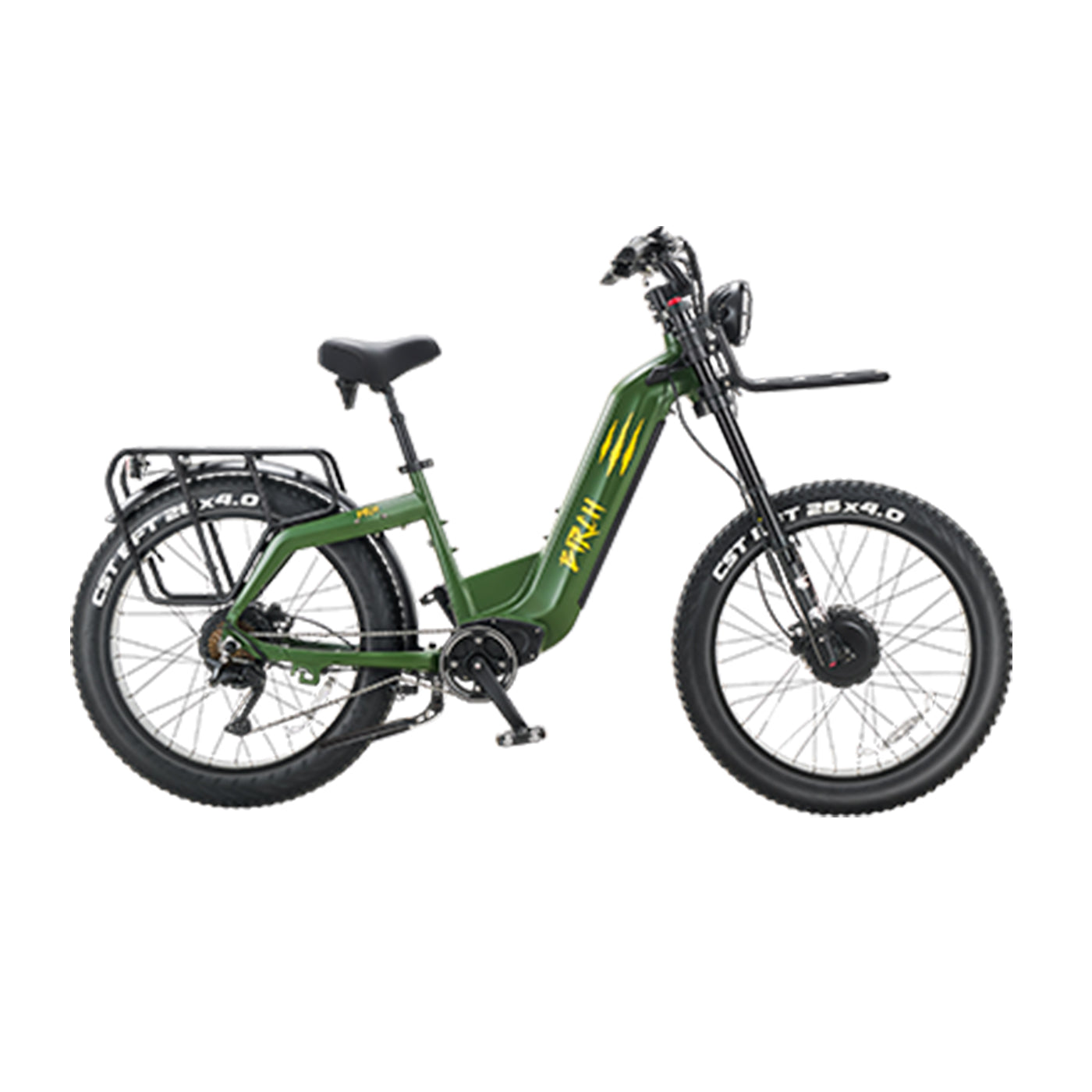
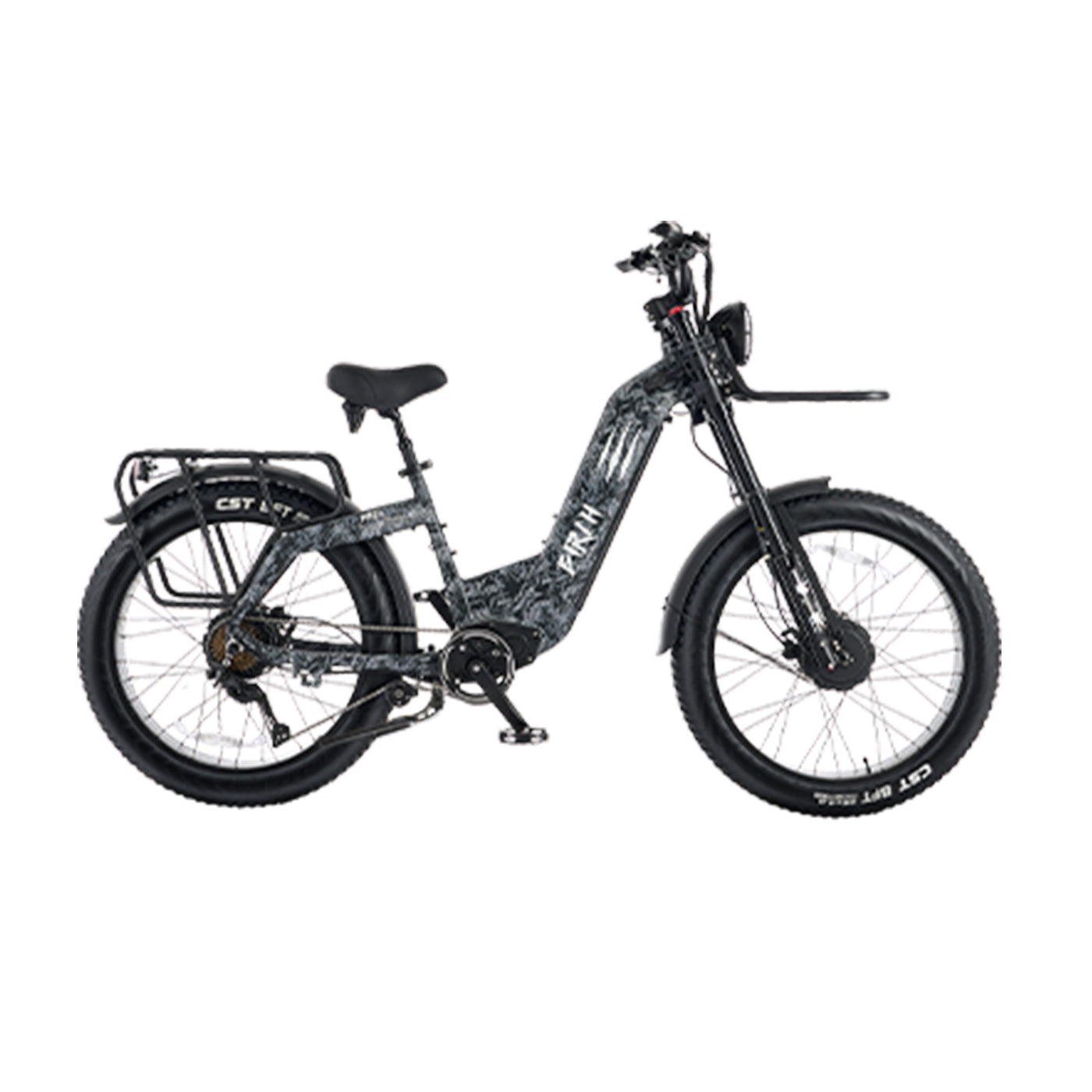

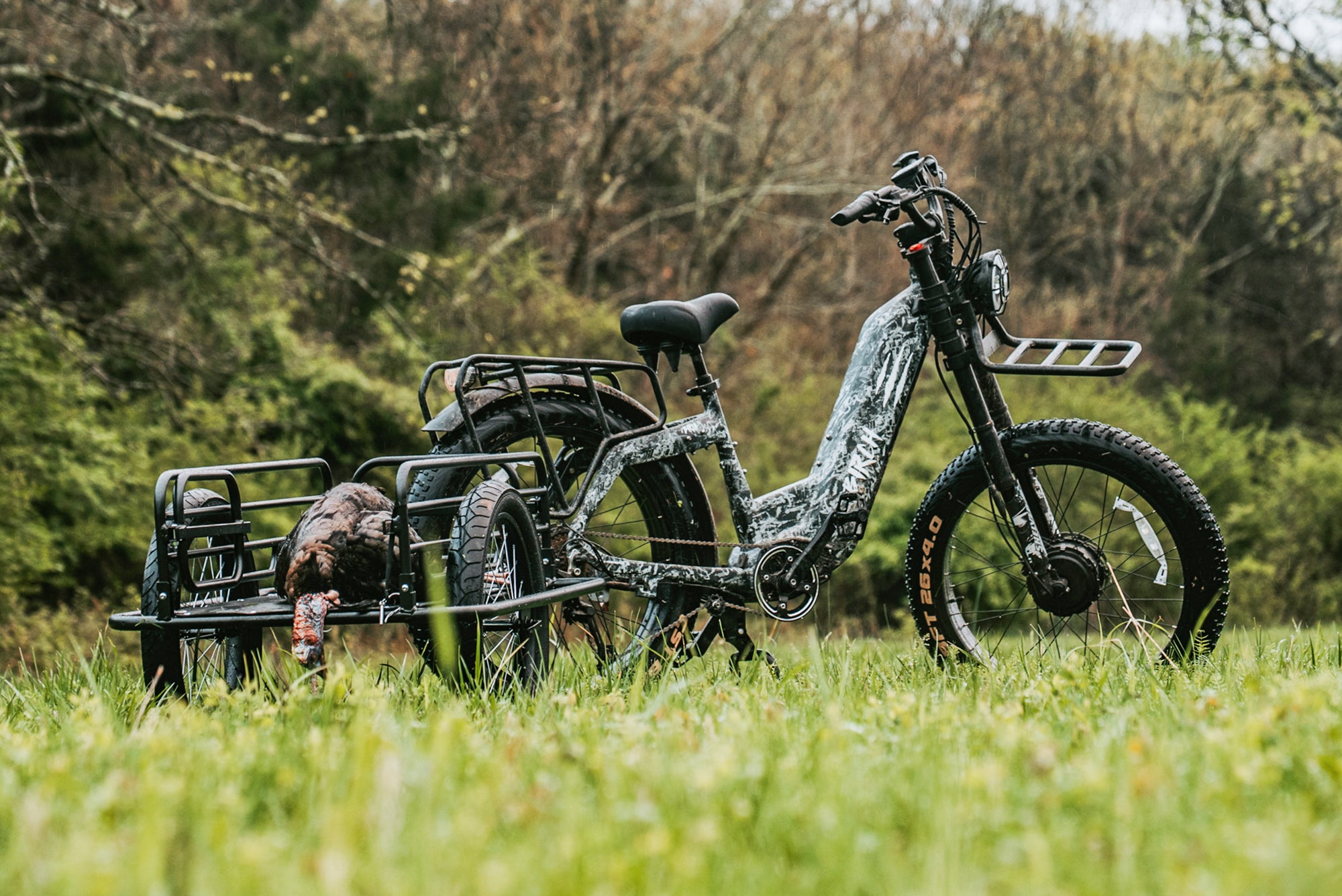
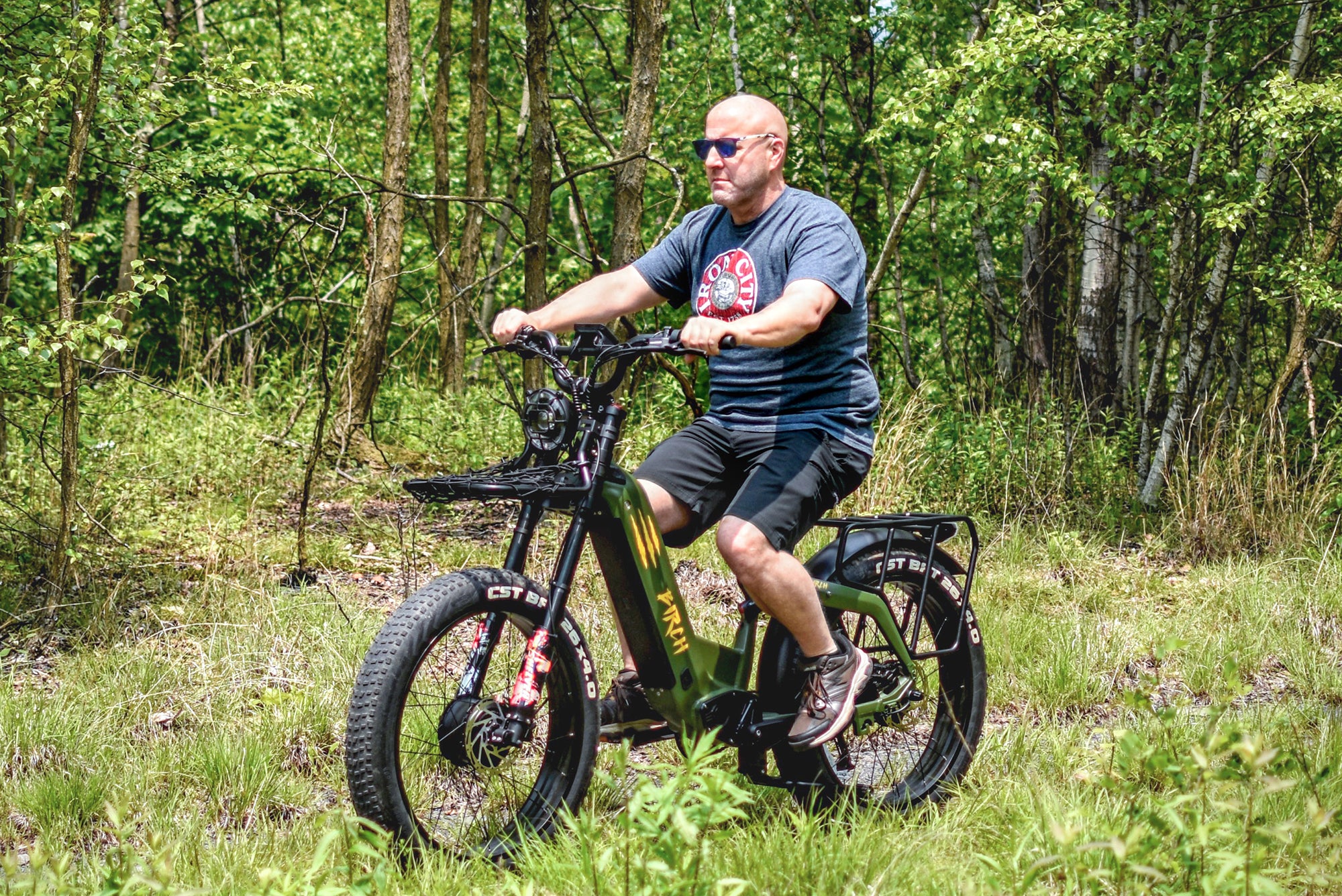
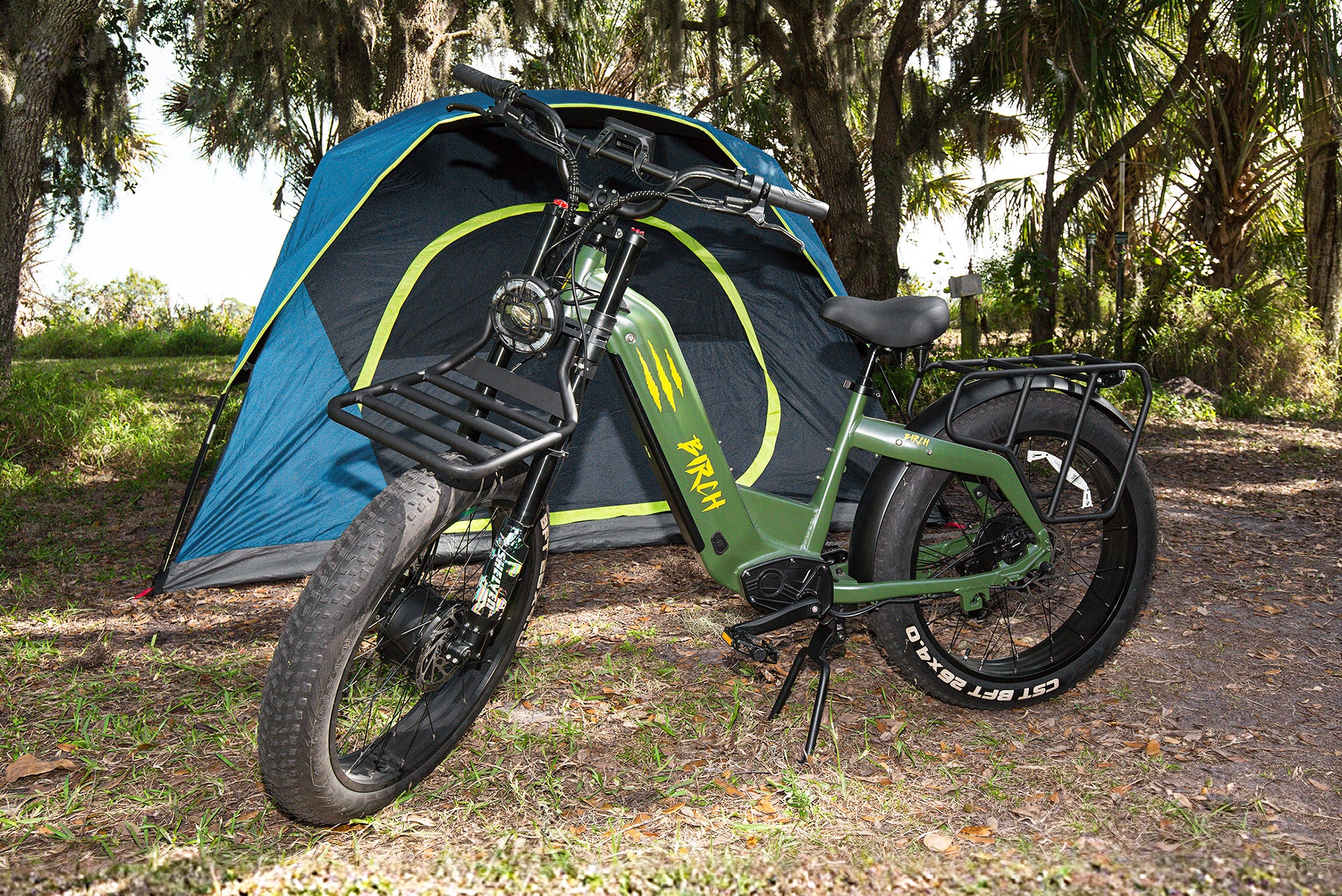
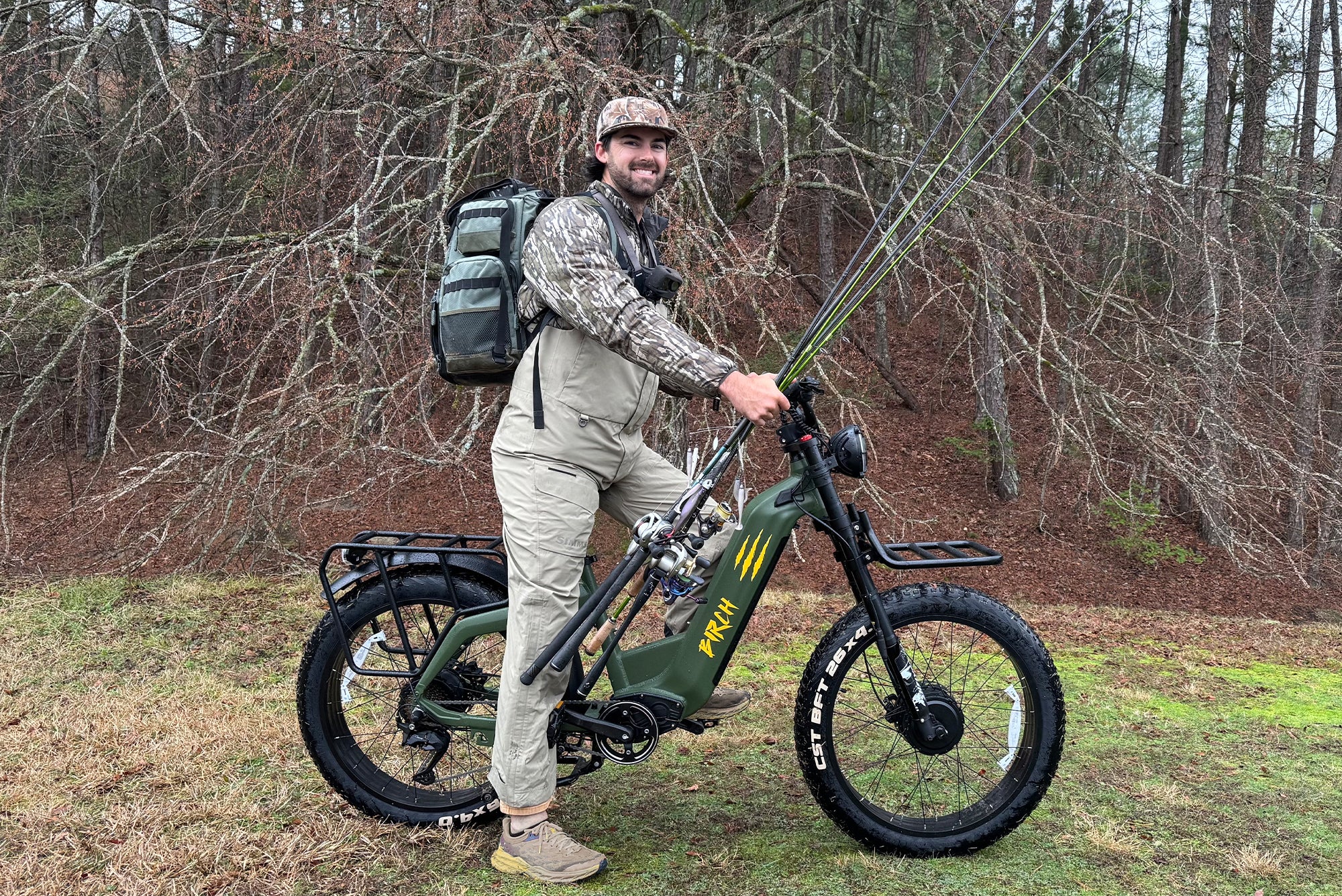
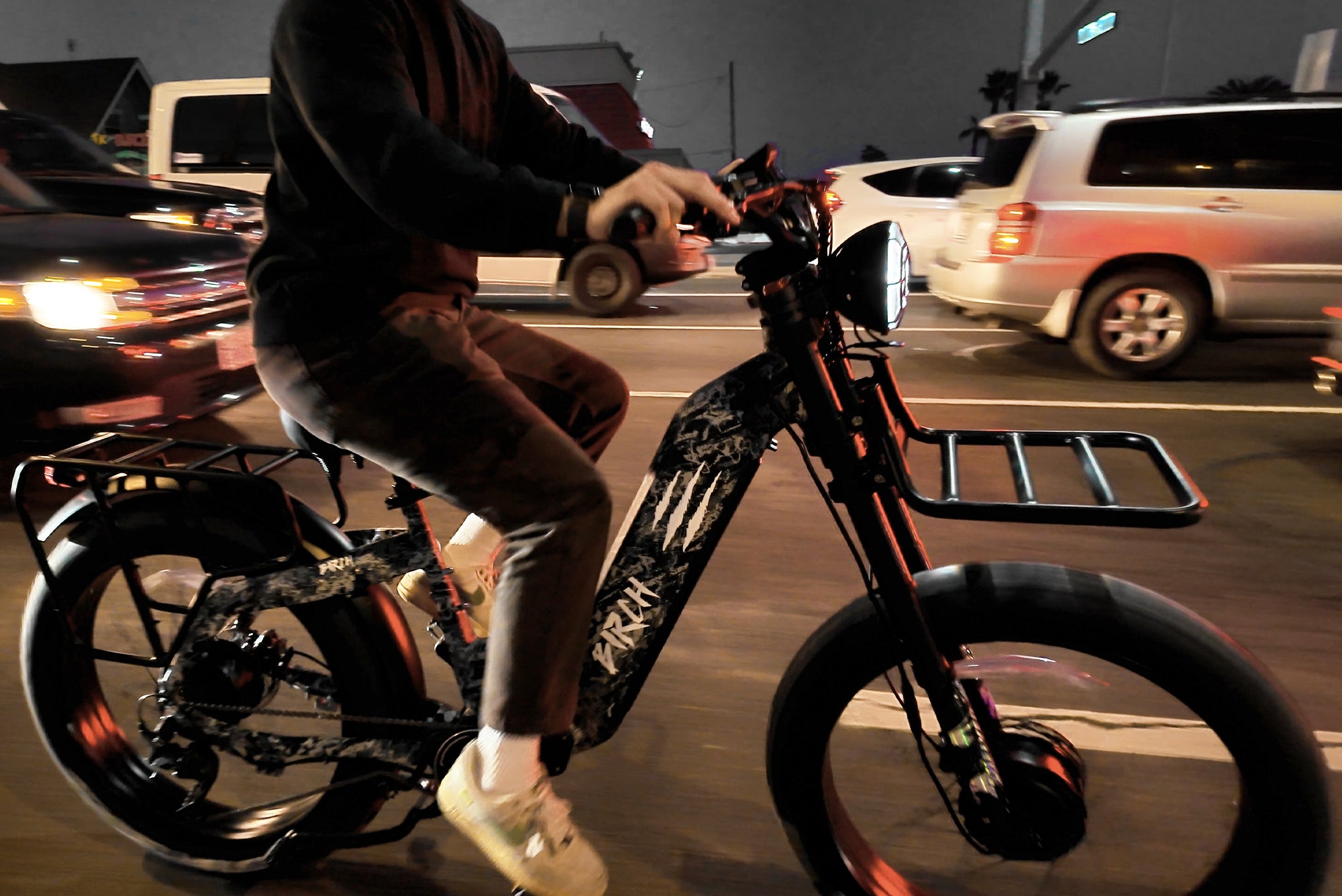
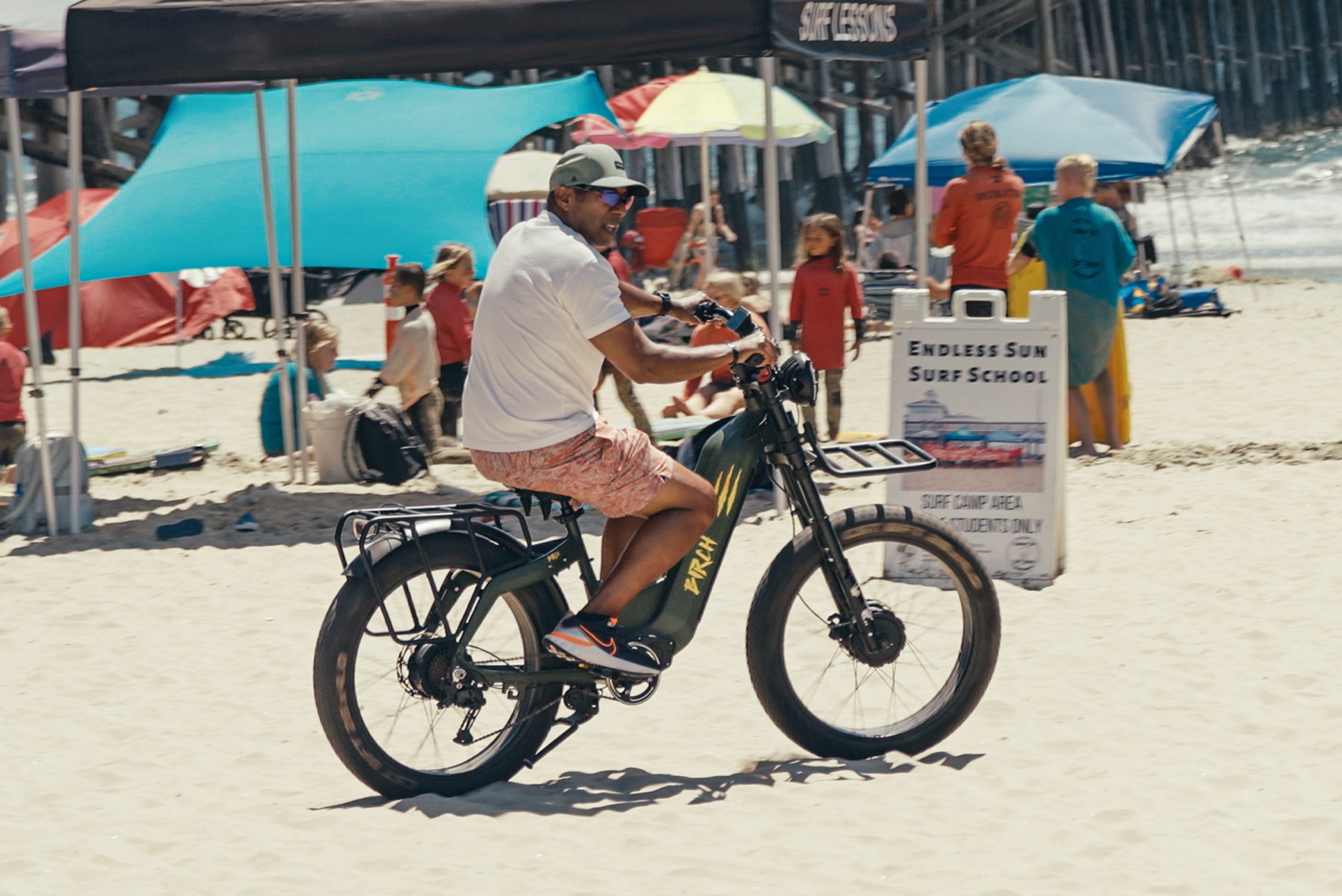
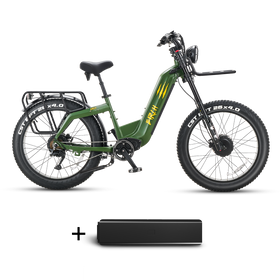
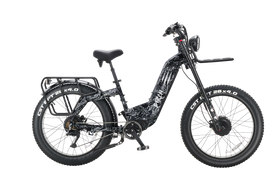





Leave a comment
All comments are moderated before being published.
This site is protected by hCaptcha and the hCaptcha Privacy Policy and Terms of Service apply.